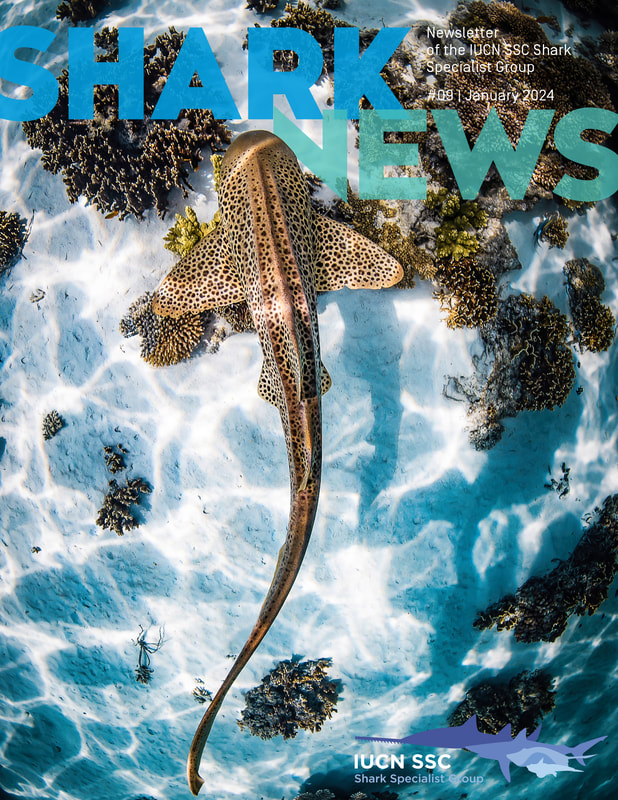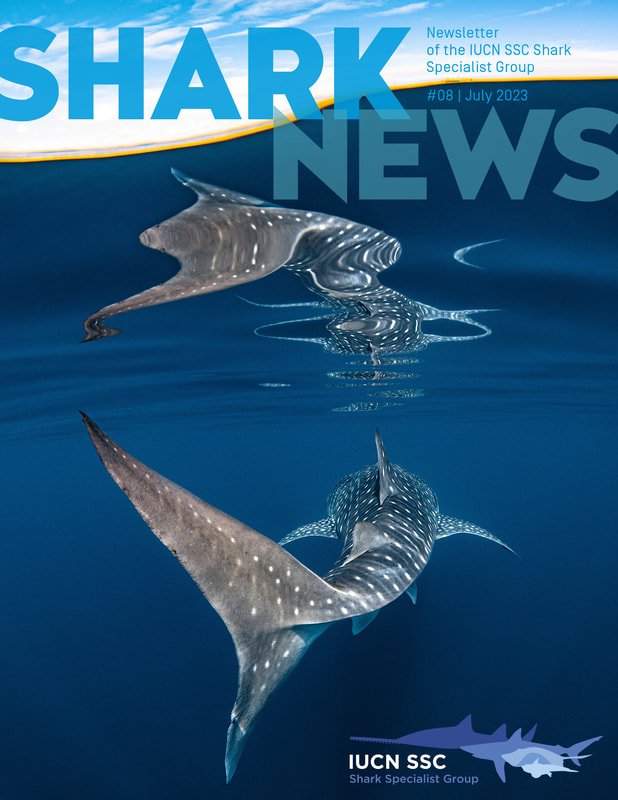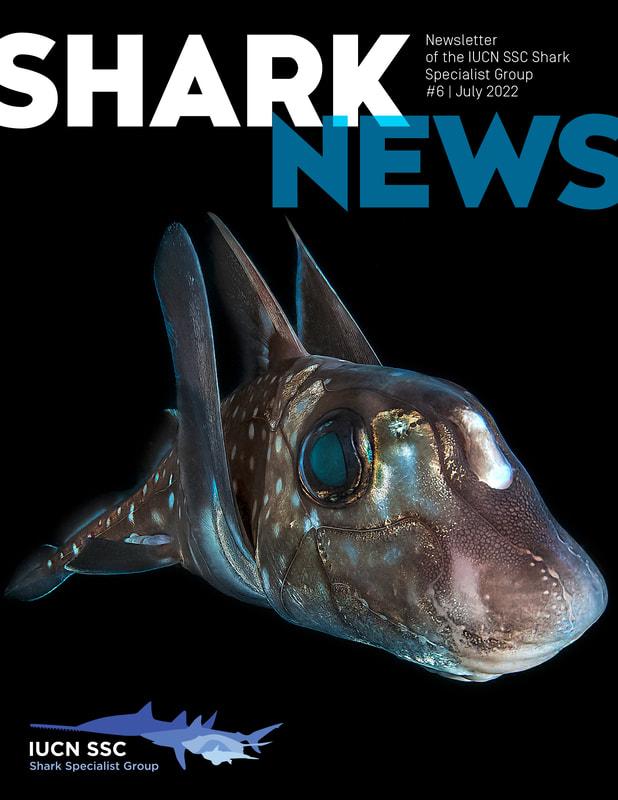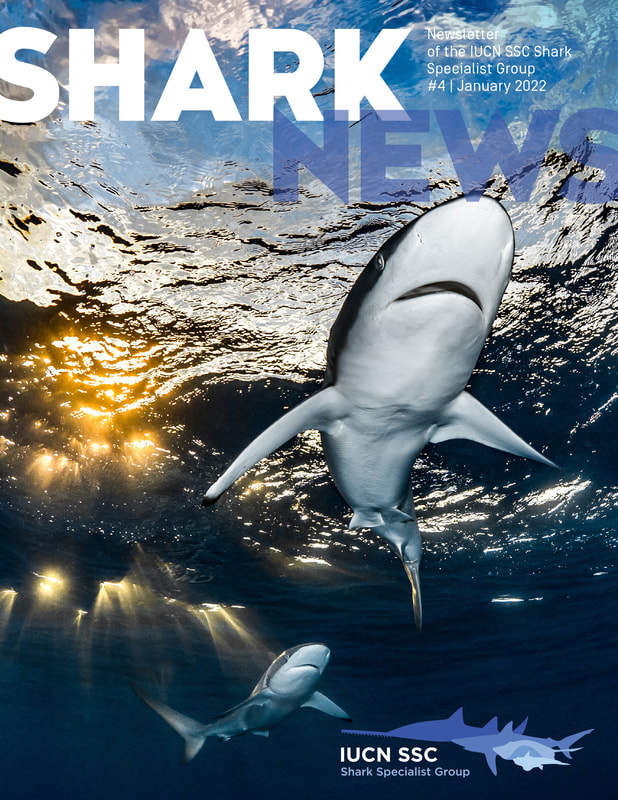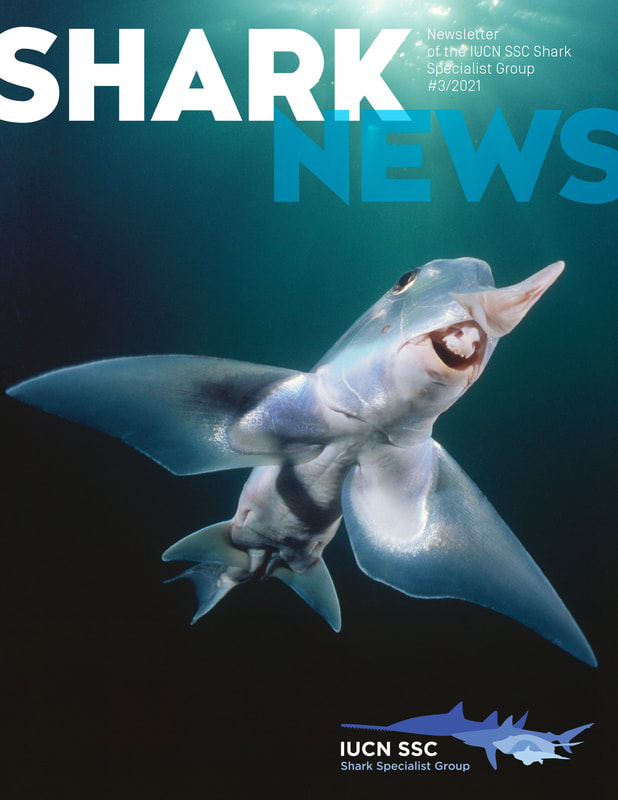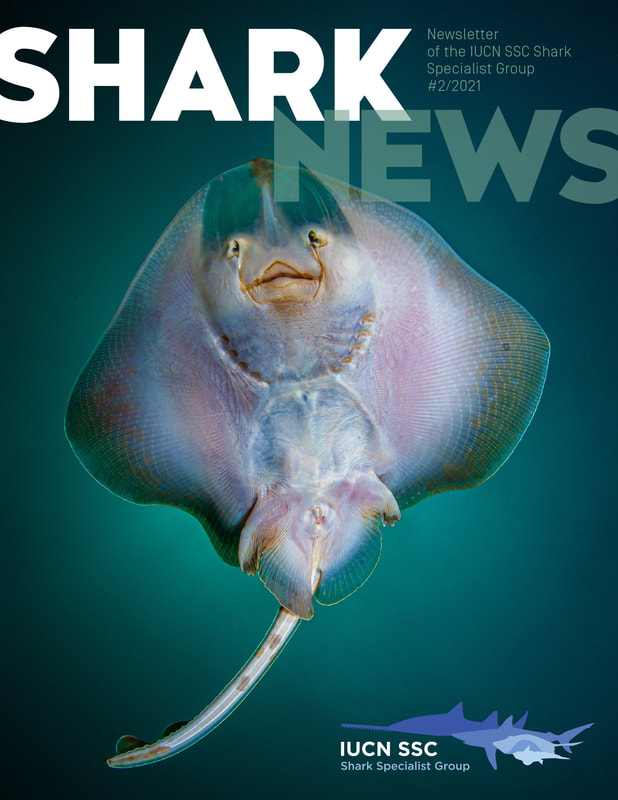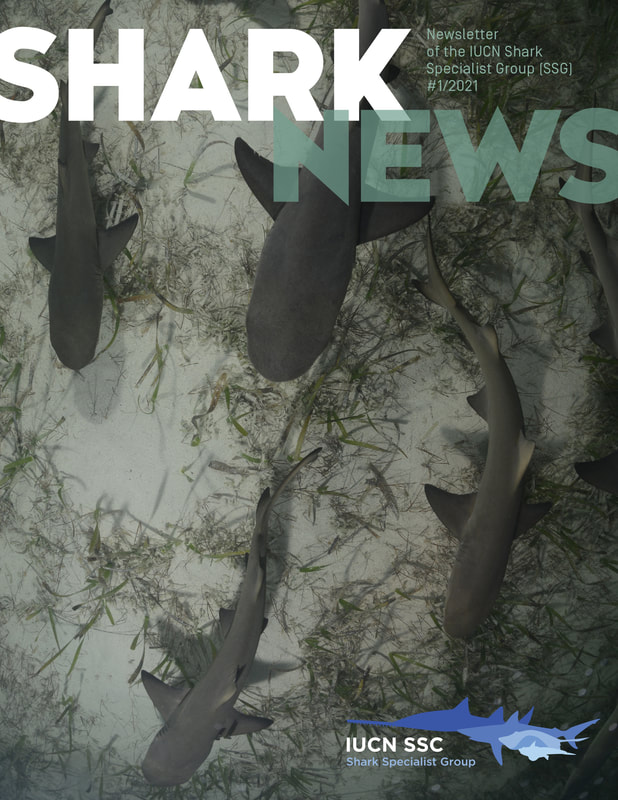Shark News
Welcome to the quarterly issue of Shark News – the official IUCN Species Survival Commission (SSC) Shark Specialist Group (SSG) magazine. Shark News provides a forum for the exchange of information on all aspects of shark, ray, and chimaera conservation matters for SSG members and the general interested audience.
2024
|
Shark News
Issue 09 | January 2024 |
2023
|
Shark News
Issue 08 | July 2023 |
|
Shark News
Issue 07 | January 2023 |
2022
|
Shark News
Issue 06 | July 2022 |
|
Shark News
Issue 05 | April 2022 |
|
Shark News
Issue 04 | January 2022 |
2021
|
Shark News
Issue 03 | October 2021 |
|
Shark News
Issue 02 | July 2021 |
|
Shark News
Issue 01 | April 2021 |

